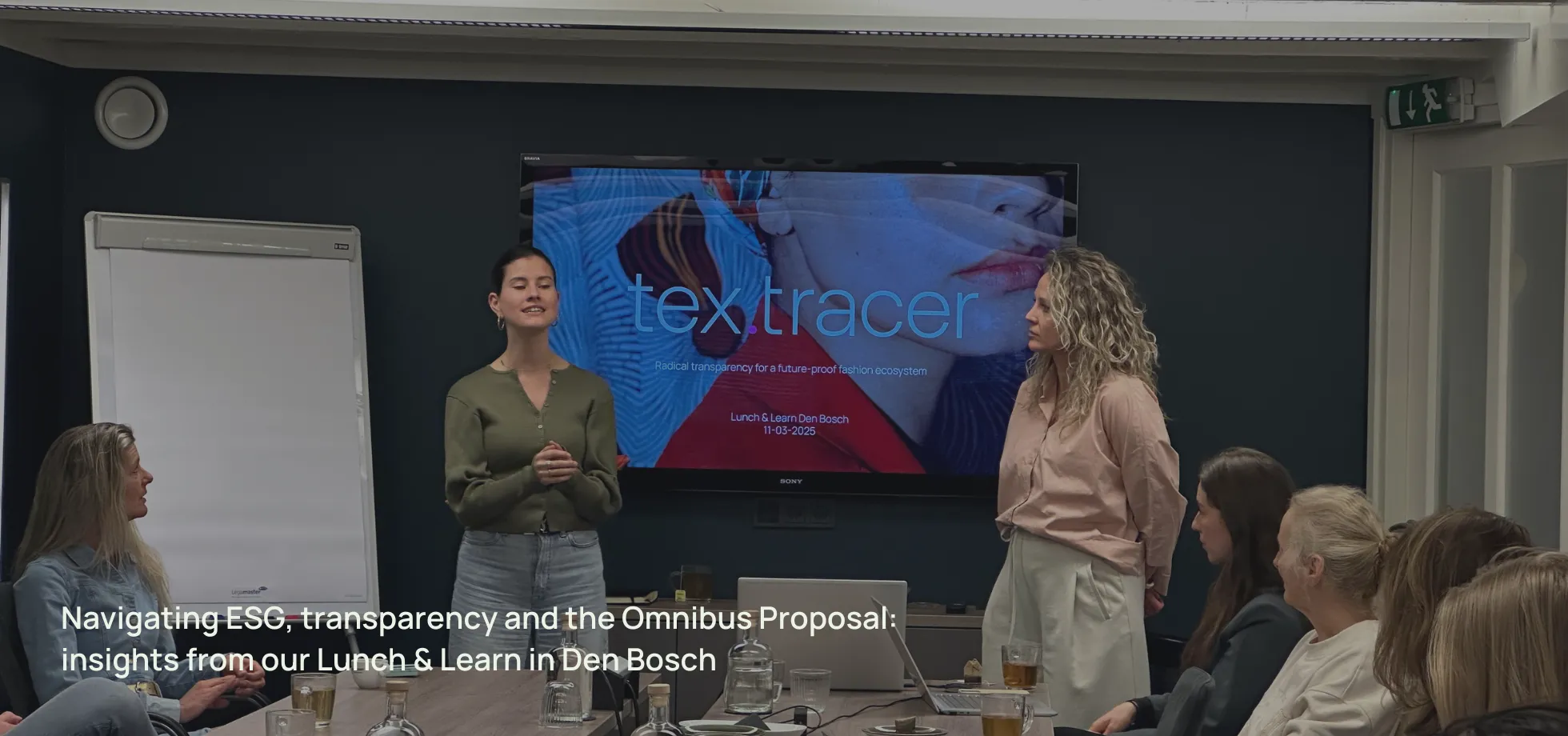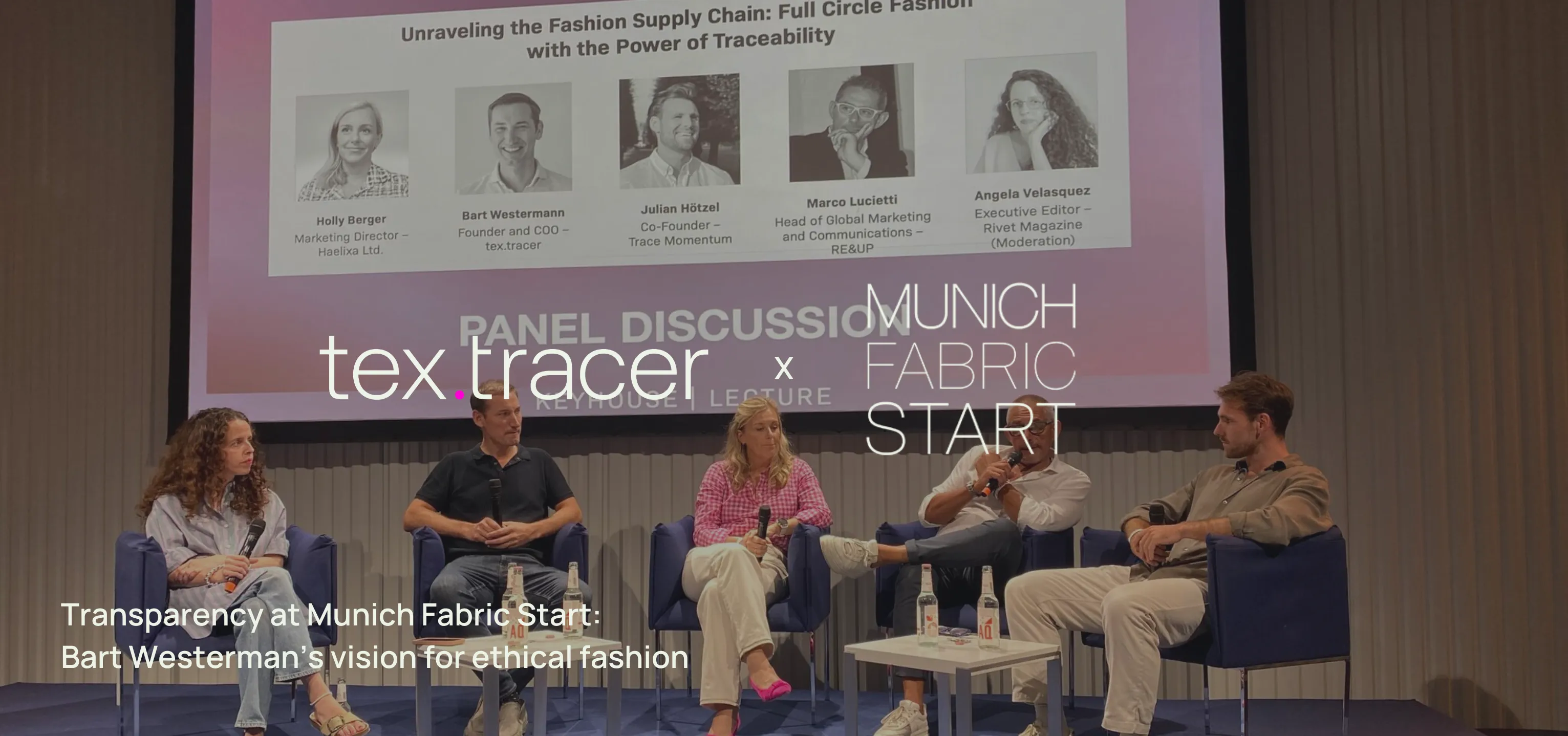As we reflect on the incredible insights shared at our inspire event, we are excited to bring you a comprehensive recap of the key discussions and themes. Over the past few weeks, we've already covered key insights of Christine Boland’s zeitgeist analysis presentation, and the panel discussion.Today, we'll delve deeper into the concept of thrivability, a forward-thinking approach that encourages us to move beyond mere sustainability.
Christine Boland's Zeitgeist analysis set the tone for our event with profound insightsinto our fragmented times of division and intolerance. During her presentation, she:
- Emphasised the need for brands and individuals to address these issues for meaning ful impact
- Outlined the principles of progress
- Contrasted the current extractive, ego-centric system with an emerging, mutual, regenerative, eco-centric approach
- Discussed the rise of AI
- Posed several critical questions about future consumer drivers and skills.
Click here to read afull recap post for more insights on Christine’s presentation.
Following Christine’s inspiring presentation was the panel discussion that focussed on the role of sustainability and thrivability for the future of fashion. Keypoints included:
- The importance of consumer education on supply chain impacts
- The potential for fast fashion to adopt circular models
- The valueof repair services
- The need to combine laws and regulations with changes in consumer behaviour
- The significant role of brands in fostering sustainable practices.
Click here to read afull recap for all the key takeaways of the panel discussion.
From sustainability, to a thriving future.
Christine Boland encouraged us to embrace the idea of thrivability, which goes beyond sustainability to actively foster ecological and social well-being. Let’s divefurther into the meaning of thrivability.
Thrivability is a concept that goes beyond sustainability. While sustainability focuses on maintaining the status quo or preserving resources for future generations, thrivability emphasises creating conditions where individuals, communities, and ecosystems can flourish and thrive. It encompasses balancing growth,well-being, and prosperity with sustainability. Thrivability emphasises fostering an environment where all stakeholders, including employees, customers, communities, and the wider ecosystem, can thrive together.
According to Christine, shifting from sustainability to thrivability involves adopting a plant-based lifestyle, designing products for long-term ecological balance, and fostering innovation and collaboration.
Also crucial to realise thrivability, is changing consumer behaviour. Educating consumers about the impacts of their choices and making sustainable options convenient and accessible are essential steps.
Another driver in the shift to thrivability is combining regulations with innovative practices. Transparent supply chains, incentivised circular models, and sustainable business practices are critical components.
Finally, thrivability requires a collective effort from brands, consumers, and policymakers. By working together, we can create a resilient and thriving ecosystem that respects the interconnectedness of all living systems.
As we move forward, it’s essential to focus on creating value from our values, fostering meaningfulness, and actively participating in the Symbiocene. Brands, organisations, and individuals can drive this shift by prioritising eco-centric, regenerative practices and fostering social cohesion.




